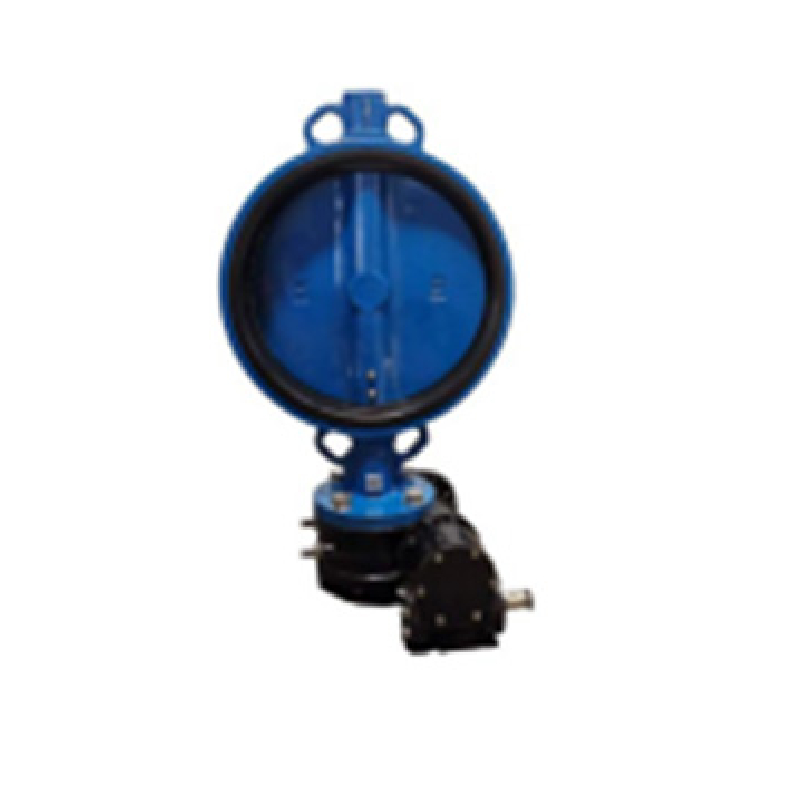Dec . 07, 2024 18:30 Back to list
electronic ball valve
The Essential Guide to Electronic Ball Valves
Electronic ball valves are critical components in various fluid control systems, serving applications across multiple industries such as water treatment, HVAC, food processing, and chemical manufacturing. Unlike traditional mechanical valves, electronic ball valves utilize an electric actuator to control the opening and closing of the valve, ensuring precise flow regulation, enhanced efficiency, and seamless integration with automated systems.
Understanding Electronic Ball Valves
At its core, an electronic ball valve consists of a sphere with a hole in the middle, known as the ball, which rotates to either block or allow fluid flow. The actuator, driven by electronic controls, provides the necessary movement for the ball to achieve this. Depending on the design, electronic ball valves can be either normally open or normally closed, meaning they will either allow flow when not powered or block flow when not powered, respectively.
Electronic ball valves come equipped with various features that enhance their functionality. These include position feedback mechanisms, which inform the control system of the valve's current state, and fail-safe options that ensure the valve operates safely even in the event of a power failure. Additionally, many electronic ball valves can be interfaced with sophisticated control systems, making them suitable for smart building applications and industrial automation.
Advantages of Electronic Ball Valves
The use of electronic ball valves brings numerous advantages over traditional mechanical valves
. Firstly, their ability to be integrated into automated systems allows for remote operation and monitoring. This is particularly beneficial in applications where valves are located in hard-to-reach places or where operations occur around the clock.Another significant advantage is the precision control provided by these valves. Electronic actuators can adjust the valve position to very specific angles, enabling precise flow control. This accuracy is crucial in processes where the slightest variation in flow can lead to product quality issues or operational inefficiencies.
electronic ball valve

Furthermore, electronic ball valves typically require less maintenance than traditional valves. Their design reduces wear and tear associated with mechanical components, leading to longer service life and reduced downtime. This reliability translates into cost savings for industries that rely on continuous operations.
Applications and Industries
The versatility of electronic ball valves allows them to be employed in various applications. In water treatment plants, they are used for managing the flow of water through filtration systems and chemical dosing. In HVAC systems, electronic ball valves help regulate heating and cooling fluids, ensuring optimal climate control and energy efficiency.
The food and beverage industry also benefits from electronic ball valves, as they enable precise control over processing and mixing operations while adhering to stringent hygiene standards. In the chemical industry, these valves can control the flow of hazardous materials safely and efficiently, mitigating risks associated with manual handling and mechanical failure.
Choosing the Right Electronic Ball Valve
When selecting an electronic ball valve, it is crucial to consider several factors, including the type of fluid being controlled, the required flow capacity, and the operating environment. Additionally, compatibility with existing control systems and standards for safety—especially in critical applications—should be evaluated.
In conclusion, electronic ball valves represent a significant advancement in fluid control technology, combining efficiency, precision, and reliability. With their increasing adoption across various sectors, these valves are poised to play a pivotal role in the future of automation and process management. As industries continue to prioritize efficiency and safety, the implementation of electronic ball valves will undoubtedly remain at the forefront of fluid control innovations.
Share
-
Reliable Wafer Type Butterfly Valves for Every IndustryNewsJul.25,2025
-
Reliable Flow Control Begins with the Right Ball Check ValveNewsJul.25,2025
-
Precision Flow Control Starts with Quality ValvesNewsJul.25,2025
-
Industrial Flow Control ReliabilityNewsJul.25,2025
-
Engineered for Efficiency Gate Valves That Power Industrial PerformanceNewsJul.25,2025
-
Empowering Infrastructure Through Quality ManufacturingNewsJul.25,2025